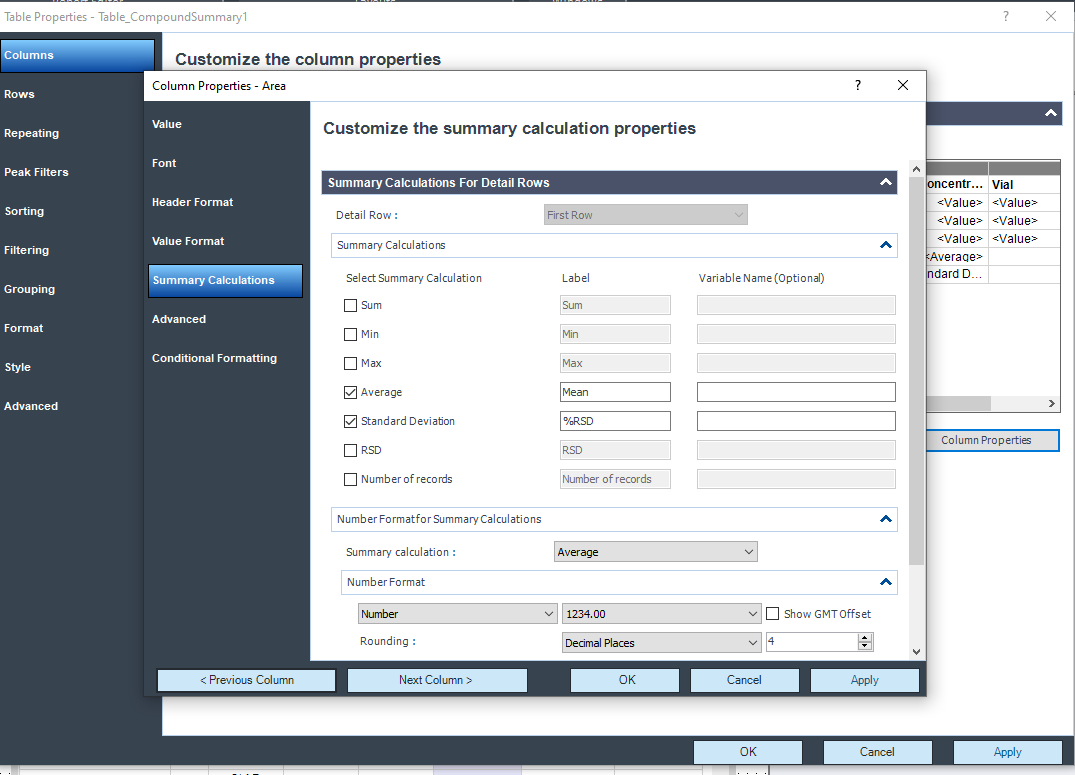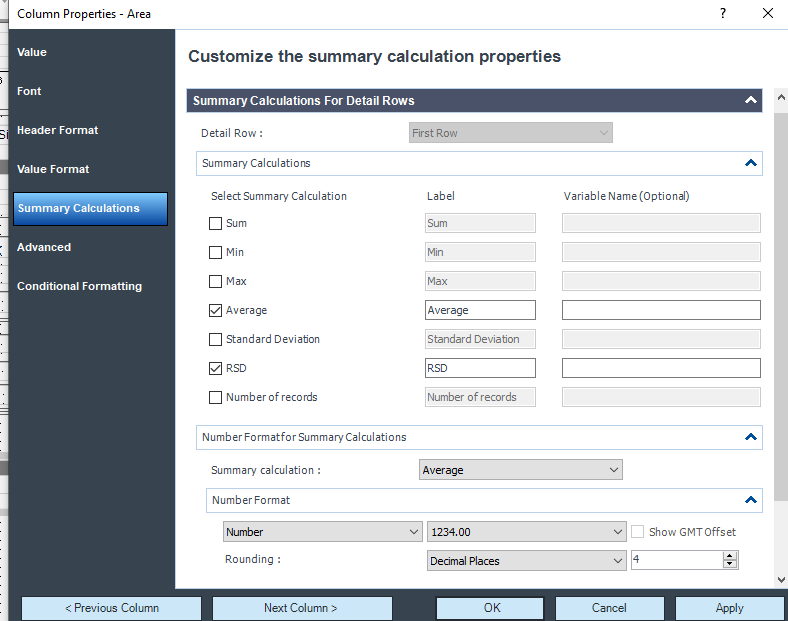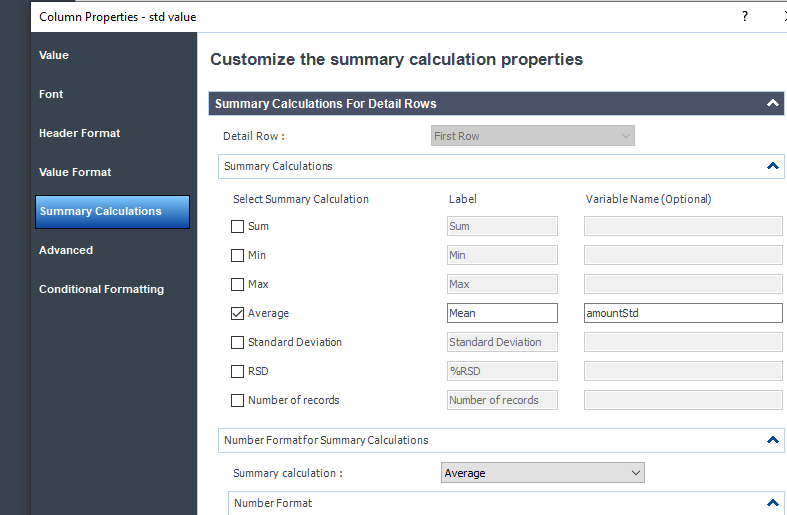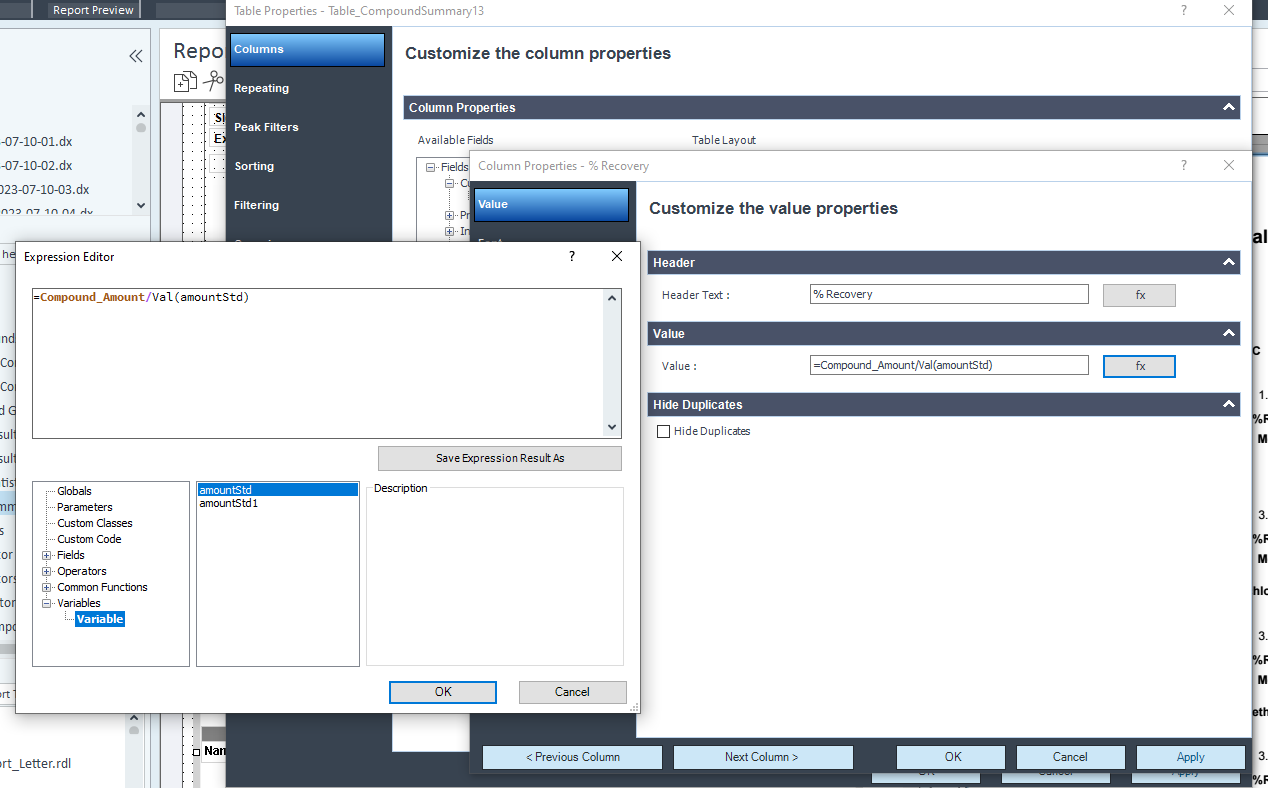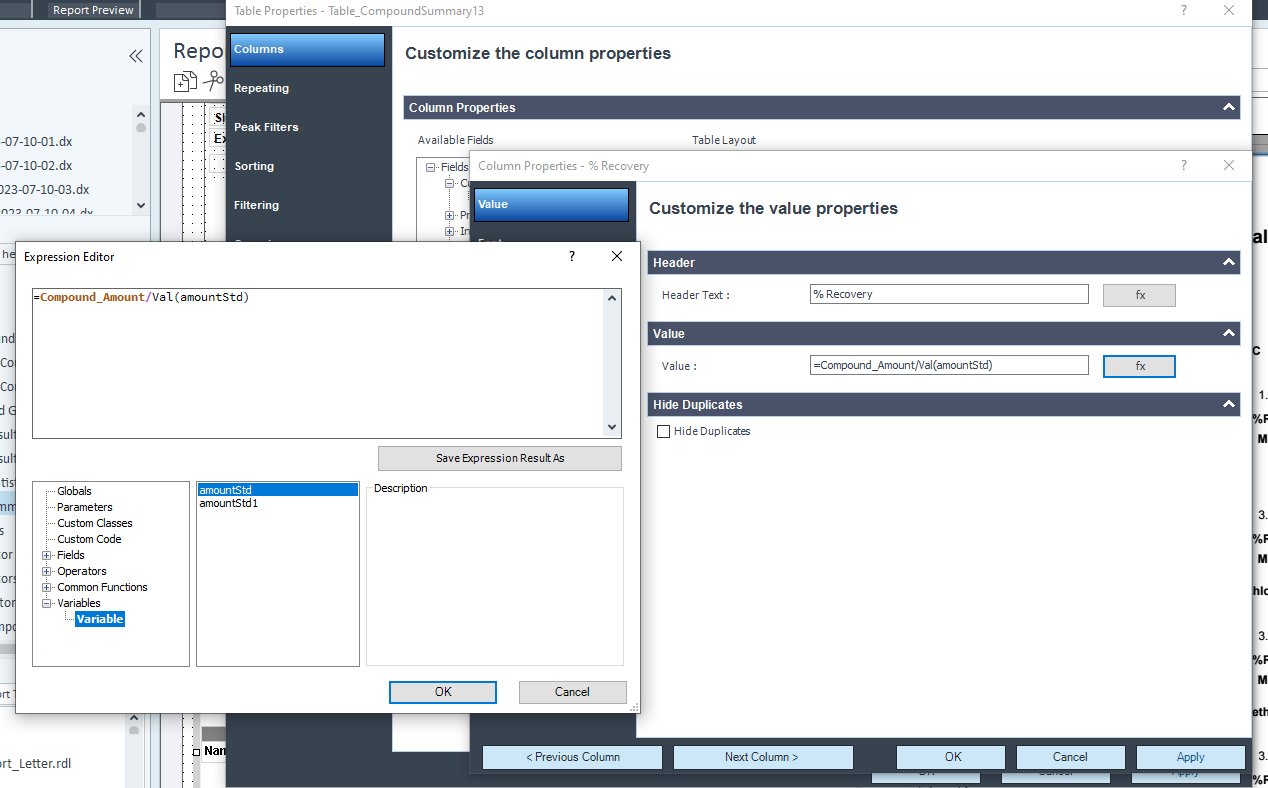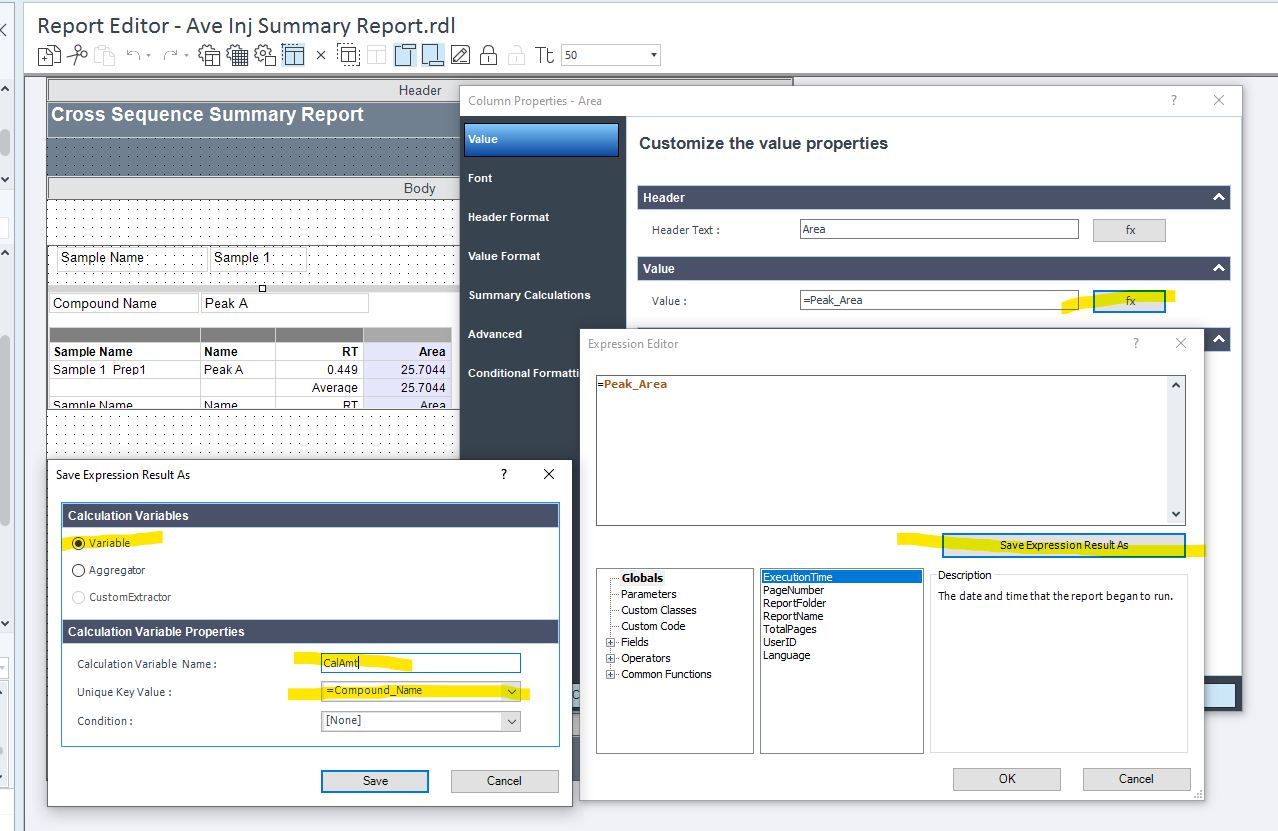Hi,
I try to use the Compound summary table and by default agilent put those values for % RSD and average:
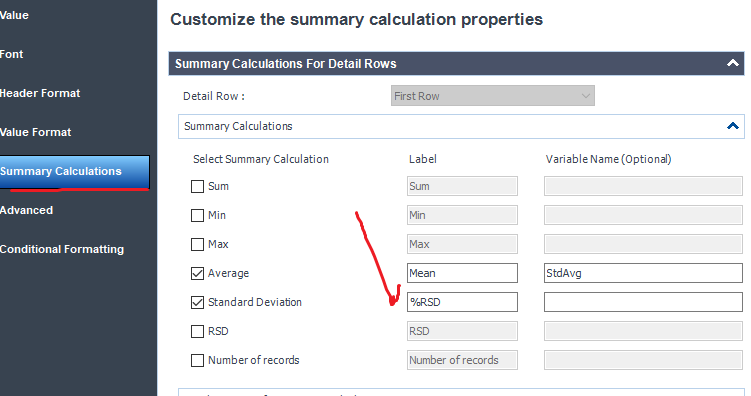
But I found that the label % RSD is incorrect at the Standard Deviation. It gives way too high %.
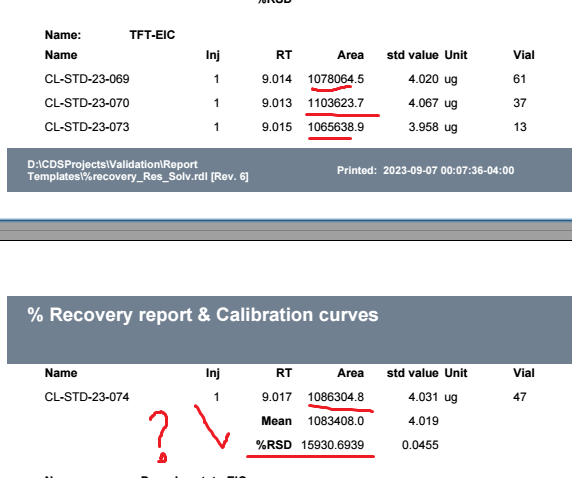
when I do the calculation on Excel % RSD is in fact the standard deviation.

So I changed for RSD and it's ok.

I have no idea why they have this label so confusing and wrong.
Maybe it's fixed when the 2.7 version.

